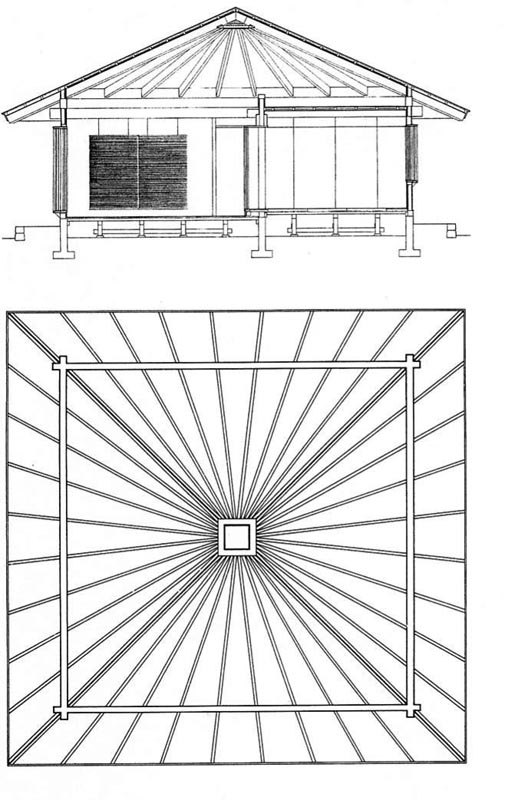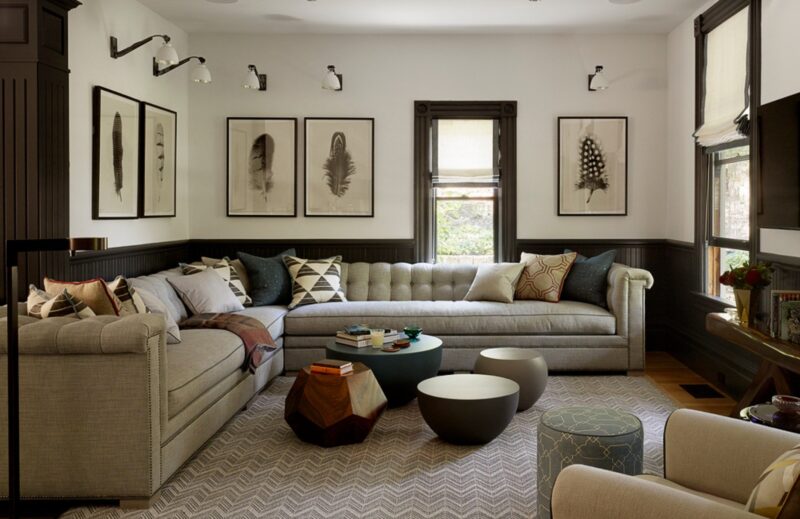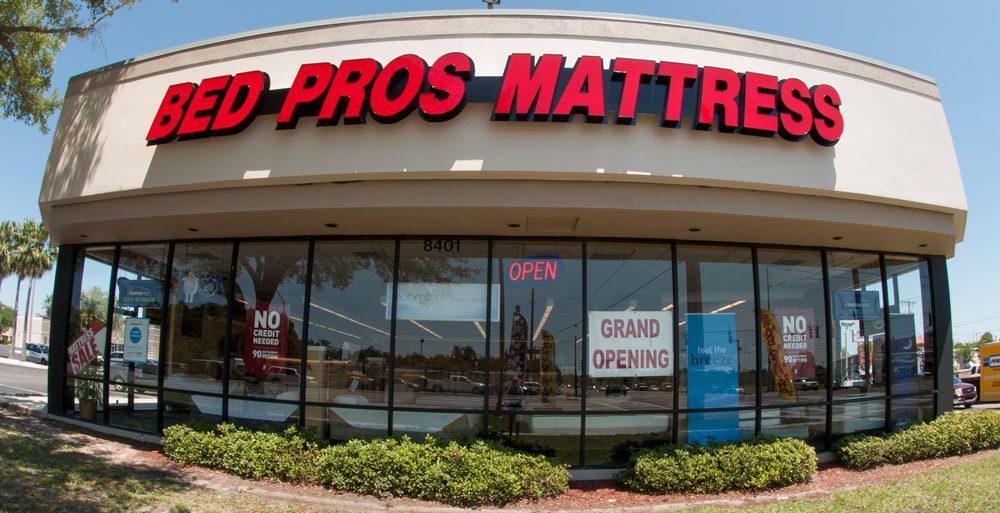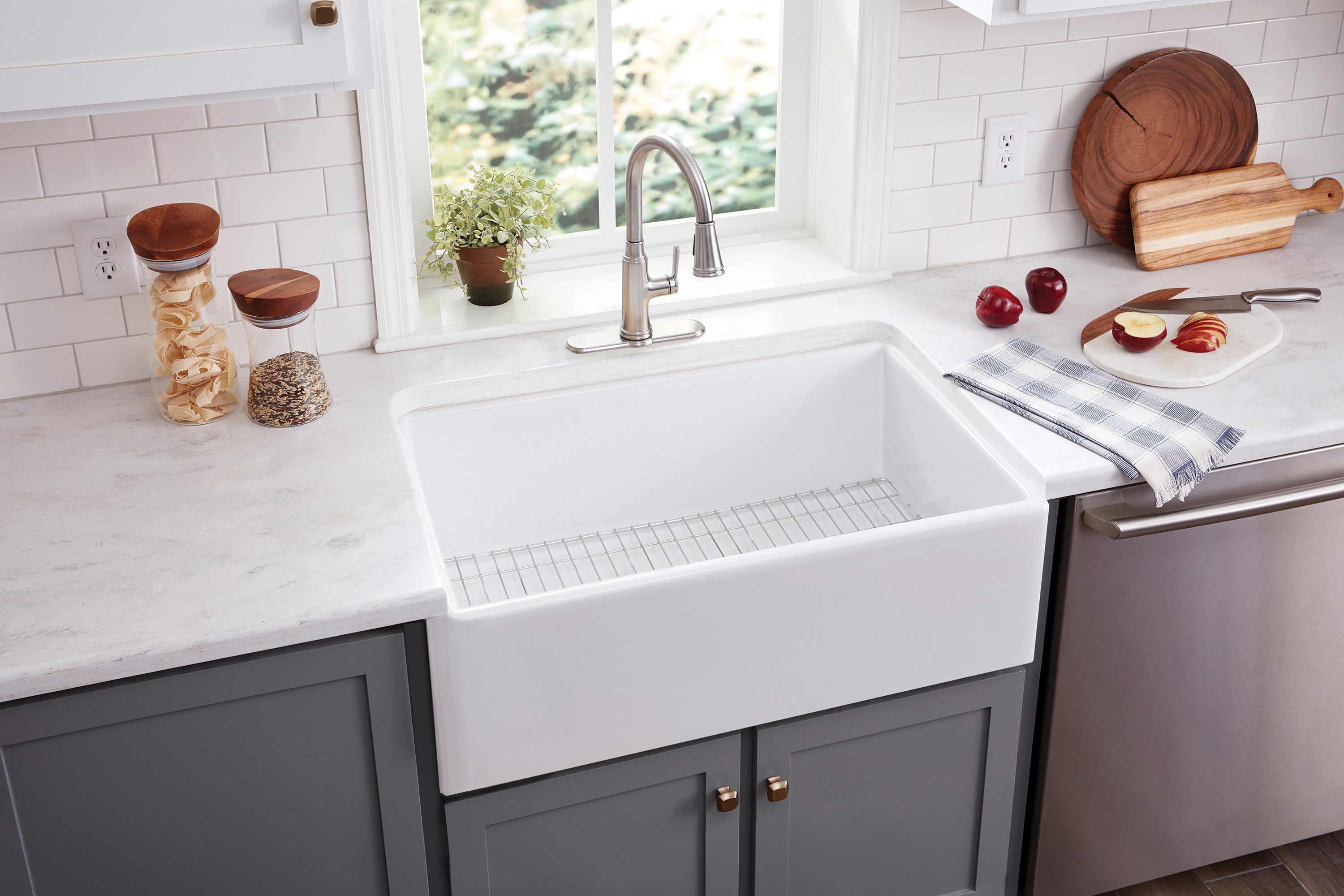Underground houses don’t need to be plain or boring - with Art Deco influences, they can be beautiful too! The Umbrella Home Design, or Umbrella House as it’s often referred to, is a unique Art Deco-inspired home concept that takes the traditional underground house and adds a modern flair. This design features a unique shell-like roof that resembles an umbrella, hence the name. The Umbrella Home Design is ideal for urban and rural settings, providing an efficient alternative to traditional home designs. While underground home designs can be expensive to build and maintain, the Umbrella Home Design is a cheaper and simpler option. The shell-like roof makes for a lightweight and effective structure that’s much easier and cheaper to build than a traditional underground house. The cost savings don’t stop there either - this design also cuts down on energy bills, making it a great choice for those looking for a cost-effective home.The Umbrella Home Design: A Simple Underground House Concept
Underground home designs offer a number of attractive benefits and advantages. These homes require very little energy for heating and cooling, as they remain insulated underground by the surrounding soil. This form of insulation also makes them much quieter, creating a peaceful atmosphere. Furthermore, these designs are incredibly durable thanks to the protective soil layers. However, there are also some challenges associated with building an underground home. For one thing, these homes require a considerable amount of planning and construction experience in order to be developed. It’s not something many regular homebuilders are familiar with. Additionally, underground homes need to have the right kind of drainage in order to avoid flooding, potentially making them expensive to build.The Benefits and Challenges of Underground Home Designs
There’s a lot of potential for homeowners who want to explore the possibilities of an Art Deco-influenced subterranean house. In addition to their practical and energy-saving benefits, these homes can also be amazingly attractive and unique. With the right combination of colors and materials, an underground home can be an eye-catching and interesting design feature. The Umbrella Home Design is an especially attractive option for this purpose. These homes provide an interesting way to express style and personality. With the right design, an underground home can become a truly captivating and unique space. They can also be incredibly comfortable living spaces that provide plenty of natural light and air circulation. Additionally, these unique home designs are usually much lower maintenance than traditional houses, saving time and money.The Potential of Subterranean House Design
The Umbrella Home Design is a great example of an effective and efficient architectural solution. This unique design offers a number of positives, including a low cost, comfortable living space, great insulation, high noise reduction, and reduced energy bills. Not to mention, the design is aesthetically pleasing, adding a real ‘wow factor’ to any space. This versatile and unique design is suitable for many different scenarios, from an urban home or rural retreat, to a beach-side property. The Umbrella Home Design is also incredibly easy to modify and customize, which means it can easily fit your exact requirements. With a few simple adjustments, this underground home concept can be adapted to a range of different needs and budgets. From a sleek and modern look to a natural and rustic feel, the Umbrella Home Design can be tailored to your exact desires.Underground House Design: A Clean & Efficient Architectural Solution
There are many benefits to designing an underground home, both practical and aesthetic. From an energy savings point of view, an underground home is a great option as it helps to regulate temperatures, resulting in lower utility bills. Additionally, underground homes can also be incredibly safe – they are resistant to extreme weather, floods, strong winds, fire, and even earthquakes. As they are underground, these homes also provide an element of privacy.
Designing an underground home does not have to be dull either. With the right design, these homes can be aesthetically pleasing and even glamorous. The use of Art Deco influences can create a beautiful living space, suitable for a wide array of personalities and styles. This modern aesthetic lends itself to an underground design perfectly, resulting in an attractive and captivating home.What are the Benefits of Designing an Underground Home?
Like any home design, underground houses have both pros and cons. On the plus side, these homes are energy efficient, providing superior insulation and noise reduction. The soil provides considerable protection against heavy winds, floods and power outages. Underground homes also offer an element of privacy and an attractive visual aesthetic. Furthermore, underground houses are typically cheaper to build than traditional homes. On the downside, these homes require more time and effort to construct, making them more expensive than traditional house designs. Additionally, underground homes can come with practical and legal complications, often due to local regulations. Finally, underground homes can be vulnerable to excessive moisture and water damage, which can be detrimental to the structure.The Pros & Cons of Building an Underground House
Building an underground house requires a great deal of planning, skill and effort. It is important to make sure you have all the relevant permissions before you start, as things like regulations and zoning laws can have an impact on your plans. Additionally, it is important to have a good understanding of soil composition and drainage, as this will affect the construction of your home. Other than that, it is also important to plan your underground house carefully with an experienced engineer. Choose the right materials for construction and make sure to take into consideration the specific needs of an underground home. Always use the right tools for the job, such as waterproof cement and well-draining soil for the foundation. Finally, make sure you use the right ventilation and waterproofing measures.How to Build an Underground House: Useful Tips
Earth shelters are another type of underground house design that are becoming increasingly popular. These homes are typically constructed by building a frame and then covering it with soil or other insulating material. The soil helps to maintain a stable, comfortable temperature, while also providing sound insulation. The earth shelter is more like a traditional home than a subterranean one, as it allows for more natural light and air circulation. Building an earth shelter is a more complicated process than building a traditional underground home. As well as soil and frame materials, the structure must include skylights and awnings to allow natural light and air to enter the house. Additionally, waterproofing and ventilation are key considerations. Furthermore, the construction process itself can be complex and requires a significant level of experience and knowledge.The Basics of Earth Sheltered Home Design
As the green living movement becomes more popular, eco-friendly underground homes are also gaining traction. These innovative designs can be incredibly energy efficient, using renewable energy systems and other sustainable solutions. By taking advantage of the soil’s natural insulation, heat can be captured and used during colder months. Additionally, eco-friendly underground houses require fewer resources, resulting in less waste. With the right eco-friendly design framework, the Umbrella Home Design is a great choice for those wanting to build a sustainable and energy-efficient underground home. The shell-like roof is designed to capture and store heat and other energy sources, while also harnessing natural light and air circulation. By utilizing renewable energy sources and green materials in the home’s construction, an underground home’s environmental impact can be years ahead of its traditional counterparts.Green Home Designs: Sustainable Underground Dwellings for the Future
Designing an underground home is a process that requires skill and knowledge. In order to achieve a comfortable and efficient living space, architects and engineers need to understand all of the considerations involved. The key is to ensure the soil used in the home’s construction is well-draining and that the construction is waterproof. Additionally, ventilation and heating systems must be carefully considered. Moreover, the design of the house should be tailored to the homeowner’s exact needs. A skilled architect can work with the owner to create a design that is both comfortable and efficient. It all goes back to the basics - planning, constructing, and decorating in an effective, efficient and comfortable manner.Designing an Underground Home for Comfort & Efficiency
The Benefits of the Umbrella Home Design
 The
Umbrella Home design
is a modern concept that conceptually takes its shape from its namesake. This underground home design offers an incredible array of benefits, from increased energy-efficiency and soundproofing to adding a unique aesthetic to any property. The Umbrella Home design also offers some unique advantages that other home designs don't, making them an ideal option for anyone wanting to create a unique, one-of-a-kind residence.
The
Umbrella Home design
is a modern concept that conceptually takes its shape from its namesake. This underground home design offers an incredible array of benefits, from increased energy-efficiency and soundproofing to adding a unique aesthetic to any property. The Umbrella Home design also offers some unique advantages that other home designs don't, making them an ideal option for anyone wanting to create a unique, one-of-a-kind residence.
Energy and Resource-Efficiency
 One of the most impressive benefits of the
Umbrella Home design
is its unparalleled energy efficiency. These homes are built underground, meaning that they benefit from the earth's natural insulation properties. This means that the home stays cool during the summer and warm during the winter, which allows for substantially lower energy costs. Additionally, these homes are typically much smaller than traditional houses, which also helps to reduce energy consumption.
One of the most impressive benefits of the
Umbrella Home design
is its unparalleled energy efficiency. These homes are built underground, meaning that they benefit from the earth's natural insulation properties. This means that the home stays cool during the summer and warm during the winter, which allows for substantially lower energy costs. Additionally, these homes are typically much smaller than traditional houses, which also helps to reduce energy consumption.
Noise Reduction
 In addition to energy efficiency, the
Umbrella Home's
underground construction also helps to dramatically reduce exterior noise. This makes it ideal for those wanting to create a quiet, tranquil atmosphere in their home.
In addition to energy efficiency, the
Umbrella Home's
underground construction also helps to dramatically reduce exterior noise. This makes it ideal for those wanting to create a quiet, tranquil atmosphere in their home.
Durability and Fire Resistance
 Due to the nature of their construction,
Umbrella Homes
are incredibly durable and resistant to damages. The earth that they are built in is incredibly stable, meaning that Umbrella Homes are virtually earthquake-proof. Additionally, the earth that they are built in helps to reduce the risk of fire and other potential damages.
Due to the nature of their construction,
Umbrella Homes
are incredibly durable and resistant to damages. The earth that they are built in is incredibly stable, meaning that Umbrella Homes are virtually earthquake-proof. Additionally, the earth that they are built in helps to reduce the risk of fire and other potential damages.
Unique Aesthetic
 The
Umbrella Home design
provides a unique aesthetic that is truly one-of-a-kind. This design allows for an incredible amount of creative freedom which allows homeowners to create a truly unique living space. Additionally, these homes can be built to blend in perfectly with the natural surroundings, allowing owners to truly embrace their outdoor environment.
The
Umbrella Home design
provides a unique aesthetic that is truly one-of-a-kind. This design allows for an incredible amount of creative freedom which allows homeowners to create a truly unique living space. Additionally, these homes can be built to blend in perfectly with the natural surroundings, allowing owners to truly embrace their outdoor environment.














































































